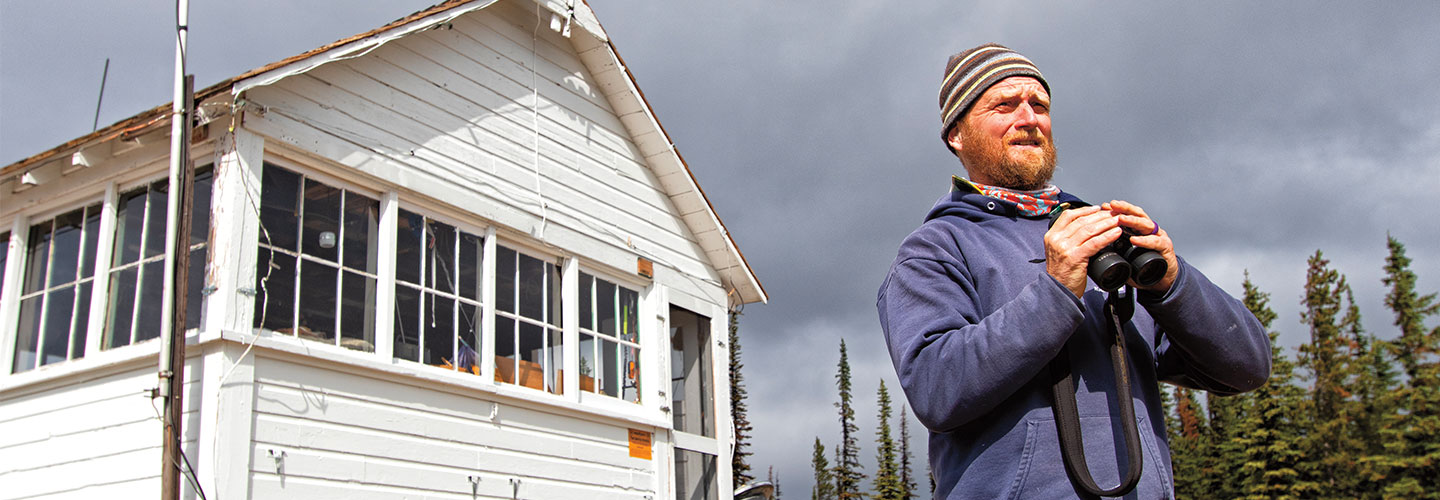Leif Haugen is no stranger to being alone in the wilderness. As a fire lookout for the U.S. Forest Service, he’s spent more than 30 years working in some of the most remote areas of the country. Haugen’s job is to monitor wooded regions for any signs of wildfires.
Last year, Haugen was stationed at Thoma Fire Lookout, a tiny, isolated cabin just west of Glacier National Park in Montana. Perched on a mountaintop 2,100 meters (6,890 feet) above sea level, the cabin provides breathtaking views in every direction for an important reason. This vantage point allows Haugen to scan the whole forest for wisps of smoke that could signal the start of a wildfire.
Fire lookouts like Haugen act as early warning systems, alerting firefighters so they can act quickly to keep blazes under control. Haugen spoke to Science World about being the first line of defense against dangerous wildfires.

